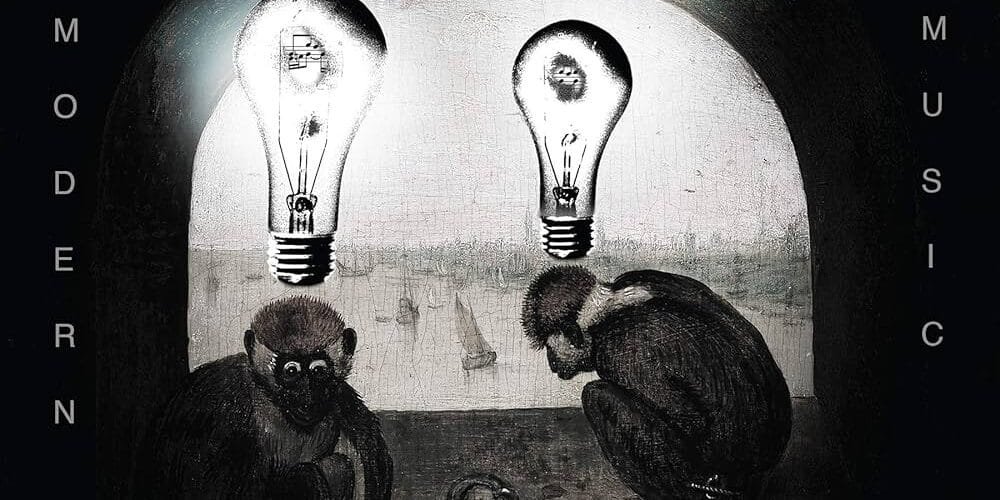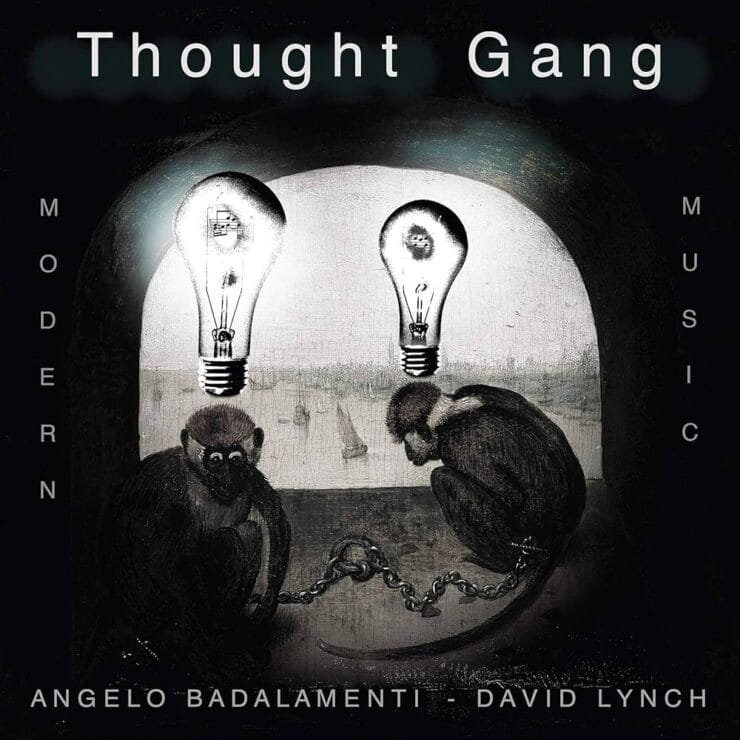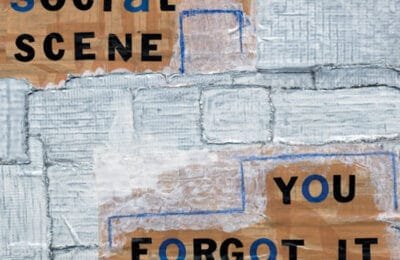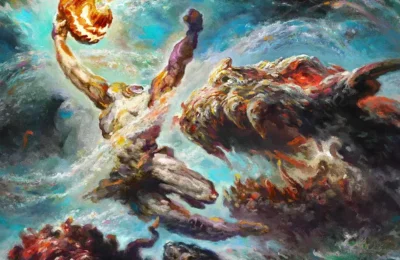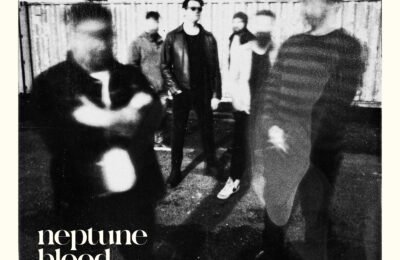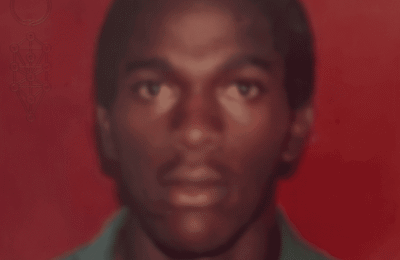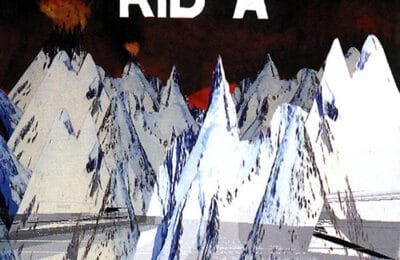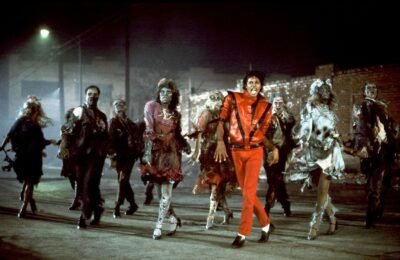In 1990, David Lynch captivated audiences with his groundbreaking TV series Twin Peaks, co-created with Mark Frost, while Angelo Badalamenti crafted its haunting score. However, network pressures to resolve Laura Palmer’s murder midway through Season 2 led to a decline in viewership, ultimately resulting in the show’s cancellation in 1991.
Undeterred, Lynch and Badalamenti, collaborators since Blue Velvet (1986), embarked on an experimental jazz project: Thought Gang. Acting as a musical director, Lynch painted vivid, surreal scenarios for a group of jazz musicians led by Badalamenti. The ensemble built upon tempos and keys, embracing improvisation to create something entirely unique.
David Lynch’s Eccentric Vision in Thought Gang
As expected from Lynch, the creative process was anything but conventional. Bassist Reggie Hamilton recalls one direction: “Imagine you’re a chicken with your head cut off running around with 1,000 Benzedrine shoved down your throat.” Meanwhile, drummer Gerry Brown—accustomed to working with legends like Stevie Wonder and Diana Ross—recalled the joy of breaking musical rules, and ending up asking for a bucket full of nails and bolts to rain down his cymbals.
Badalamenti, despite his inexperience as a vocalist, volunteered for singing duties.
Lynch, who had heard him sing before, thought it would be embarrassing for his friend. His gritty, half-sung, half-spoken delivery, initially a source of laughter for Lynch, became a defining element of the project. Lynch described his reaction to Badalamenti’s performance: “I started laughing so hard I felt a lightbulb explode in my stomach. I gave myself a hernia. That moment was pain and joy mixed together—a perfect balance.”
The Long-Lost Sessions Unearthed
Between 1992 and 1993, the Thought Gang recorded several sessions. Over the years, snippets of these recordings found their way into Lynch’s projects, including Twin Peaks: Fire Walk With Me (1992), Hotel Room (1993), Mulholland Drive (2001), and Twin Peaks: The Return (2017). One track, Stalin Revisited, even featured in a 1993 Adidas commercial:
For decades, the majority of these sessions remained unheard. Finally, in 2018, Sacred Bones Records unearthed and released the full album. Each track embodies a unique universe, mood, and chaotic charm. While some pieces may sound dissonant or unsettling at first, they are undeniably hypnotic and fascinating.
Exploring the Tracks of Thought Gang
Woodcutter From Fiery Ships feels deeply unsettling, like a fever dream laced with surreal imagery: ants crawling, cats lurking, woodcutters abducting Pete on strange crafts, and a boy with a bleeding mouth. It’s nightmarish and haunting. In contrast, One Dog Bark, driven by heavy drums and a persistent bassline, is more accessible. The titular “dog bark,” created with a guitar, adds a playful yet eerie touch.
A Real Indication channels the mood of a noir film. This track even inspired David Lynch to create a music video using 8mm film, which was unearthed and released just a day before the album’s debut.
Finally, Frank 2000 perfectly illustrates the creative process behind the sessions. Lynch set the scene for the musicians: “Imagine a bar downtown—not a great bar. It’s 2:30 or 3 a.m., and drunk, strung-out people are spilling onto the street. There’s a shootout, fear, running, guns going off. Pick-up trucks show up, and there’s a plan to take some of these people out to the desert.” The resulting 16-minute track captures this chaotic vision with anguished, atmospheric sounds, sudden bursts of snare-drum “gunfire,” and frantic drum and slap-bass sequences that evoke a desperate run for survival.
A Must-Listen for Lynch Fans
Though Thought Gang may not appeal to everyone, fans of David Lynch’s work will find much to love. To fully experience its eerie brilliance, Lynch offers this advice: “Play this record loud on big speakers—and crank it so that you can feel it. You gotta feel that thump in your chest.”
Thought Gang stands as a testament to the unbridled creativity of Lynch and Badalamenti, an experimental masterpiece that blurs the line between music and surrealist art.
